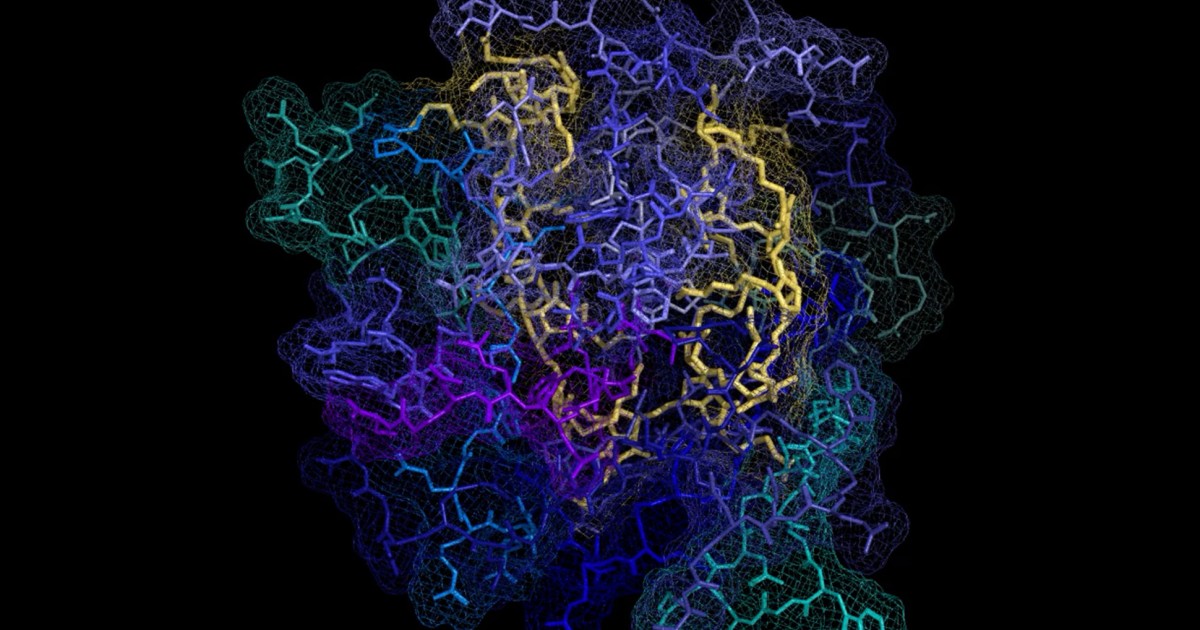Breakthrough Polymer-Based Therapeutic Offers Hope for Huntington’s Disease
In a groundbreaking development, scientists at Northwestern University and Case Western Reserve University have created the first polymer-based therapeutic for Huntington’s disease, an irreversible neurodegenerative condition. This innovative treatment could potentially delay disease onset and alleviate symptoms for millions affected by this devastating genetic disorder.
Understanding Huntington’s Disease
Huntington’s disease is characterized by a genetic mutation that leads to the misfolding of proteins, resulting in harmful aggregates that interrupt cellular functions in the brain. As the disease progresses, patients experience severe loss of motor skills and cognitive abilities, ultimately leading to death within 10 to 20 years after the onset of symptoms.
Revolutionary Polymer Therapeutic
The new treatment employs peptide-brush polymers designed to serve as a protective shield against protein aggregation. In preclinical studies conducted on mice, the therapy has shown remarkable promise by reversing neuronal symptoms associated with the disease—without significant side effects, highlighting its nontoxic and well-tolerated nature.
“Our study demonstrates a novel approach to combatting Huntington’s disease, a condition that’s often deemed incurable,” stated Nathan Gianneschi, a professor at Northwestern’s Weinberg College of Arts and Sciences and a leading figure in the development of the polymer therapeutic. “These patients truly need assistance, and we’ve embarked on an innovative path to provide that.”
The Science Behind the Solution
Building on previous research from Xin Qi’s laboratory at Case Western Reserve, the team relied on the discovery of valosin-containing protein (VCP), which was found to bind abnormally with the mutant Huntington protein. This interaction results in the accumulation of protein aggregates within mitochondria—the powerhouses of cells—leading to cellular dysfunction.
The research revealed that a naturally occurring peptide could disrupt the harmful binding interaction between VCP and the mutant protein. However, peptides alone have limitations—they are quickly degraded and struggle to penetrate the blood-brain barrier effectively.
Overcoming Key Challenges
To address these challenges, NuGianneschi and his team engineered a biocompatible polymer that showcases multiple peptide copies. This new structure not only protects peptides from enzymatic breakdown but also enhances their ability to cross the blood-brain barrier, facilitating their entry into cells.
The polymer demonstrated extraordinary efficacy in laboratory experiments, remaining active in the body 2,000 times longer than traditional peptide therapies. In behavioral assessments, treated mice exhibited significant improvements, engaging with their environment similarly to healthy mice.
The Path Forward
While the treatment showcases promising results, further testing is essential before it can transition to human trials. Gianneschi expresses optimism about the long-term implications of this research: “We can envision a scenario where this therapy could be administered as a once-weekly injection, offering hope to those affected by Huntington’s disease.”
Moreover, Gianneschi shares a personal motivation behind his research. He recalls his childhood friend’s diagnosis at the age of 18, underscoring the urgent need for viable treatment options. “I remain committed—both personally and scientifically—to advancing our understanding and development of therapies for Huntington’s disease.”
Looking Ahead
As researchers progress with optimizing the polymer, plans are already in place to investigate its potential for treating other neurodegenerative diseases. The study, titled “Proteomimetic polymer blocks mitochondrial damage, rescues Huntington’s neurons and slows onset of neuropathy in vivo,” is supported by various grants, including from the National Institutes of Health.
This development opens new avenues for research and truly represents a significant leap forward in the quest for effective Huntington’s disease therapies.
For further insights into the latest advancements in neuroscience and medical research, stay tuned to Shorty-News. Any thoughts or experiences you’d like to share? We encourage you to leave your comments below!


